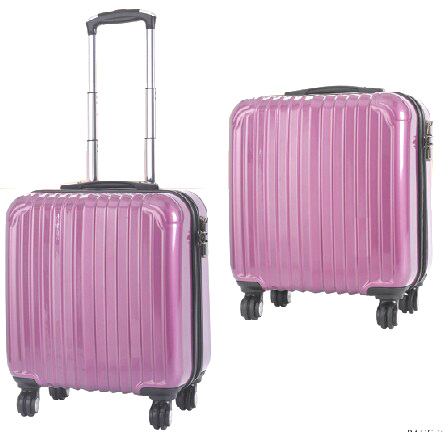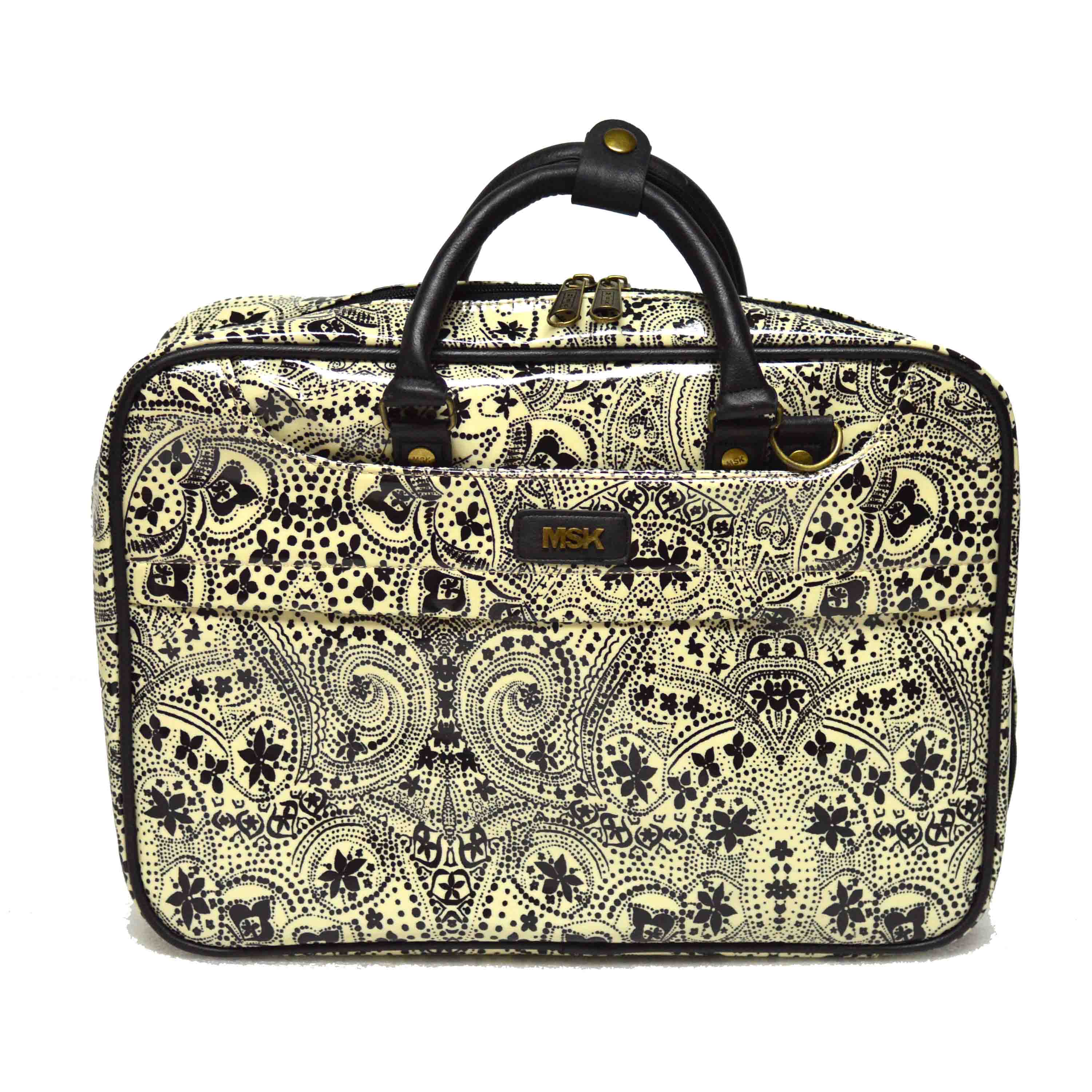Recently, a Canadian pulp mill has developed a new type of paper whose raw materials are replaced with local ordinary crop fibers instead of wood, and the texture, strength, and toughness of the resulting paper are comparable to those of traditional wood pulp.
It is well-known that felling primary forests has a negative impact on the global climate, and tree-cutting has always been resisted and condemned for papermaking. Recently, a new type of paper was developed at a pulp mill in northern Alberta, Canada. The raw materials were replaced with local ordinary crop fibers instead of wood. The texture, strength, and toughness of the paper obtained were comparable to those of traditional wood pulp.
The pulp mill spent 40 million U.S. dollars to build a dedicated pulp mill trial shop. The director of the plant said that the new type of paper can be applied to office paper, tobacco paper, sanitary paper, export paper, and even print cash.
The manager of the pulp mill informed: “We are planning to renovate and expand a number of pulp milling workshops. Our pulp milling plant is continuously operating seven days a week. Currently, the technical capacity of this pulp milling trial plant is to process 1,000 tons of wheat per day. Stalks and other raw materials. This figure will surely double in the next five years."
The pulp mill is signing contracts with local farmers to extensively cultivate related crops. It is reported that an average of 1 ton of straw hay can be produced per acre of cultivated land. There are 50 million acres of agricultural land in the Alberta region. Data processor of Alberta Agriculture Department explained that 23% of the local wheat straw hay is used as feed for cattle and sheep. The raw materials for this new type of paper include flax fiber, hemp fiber, cereal fiber, rice straw, wheat straw, etc., all from ordinary crops.
Whether non-wood fiber can replace wood fiber is an issue that industry experts have been exploring. In order to change the status quo of paper-cutting trees, a number of papermaking companies throughout the world have made extensive attempts for a long time. As we all know, the forest resources are extremely limited, and it takes many years to produce timber, and the agricultural, corn, flax, weed and other agricultural products have a much shorter growth cycle and require much less care. As a result, the new papermaking technology at the Canadian Pulp Mill was praised by environmental agencies.
Source of information: pack.cn
A laptop, often called a notebook or "notebook computer", is a small, portable personal computer with a "clamshell" form factor, an alphanumeric keyboard on the lower part of the "clamshell" and a thin LCD or LED computer screen on the upper portion, which is opened up to use the computer. Laptops are folded shut for transportation, and thus are suitable for mobile use. Although originally there was a distinction between laptops and notebooks, the former being bigger and heavier than the latter, as of 2014, there is often no longer any difference.Laptops are commonly used in a variety of settings, such as at work, in education, and for personal multimedia and home computer use.


Laptop Bags,Laptop Case,Business Bag,Business Case
CHINA YATCH INDUSTRIAL LTD. , http://www.chinayatch.com